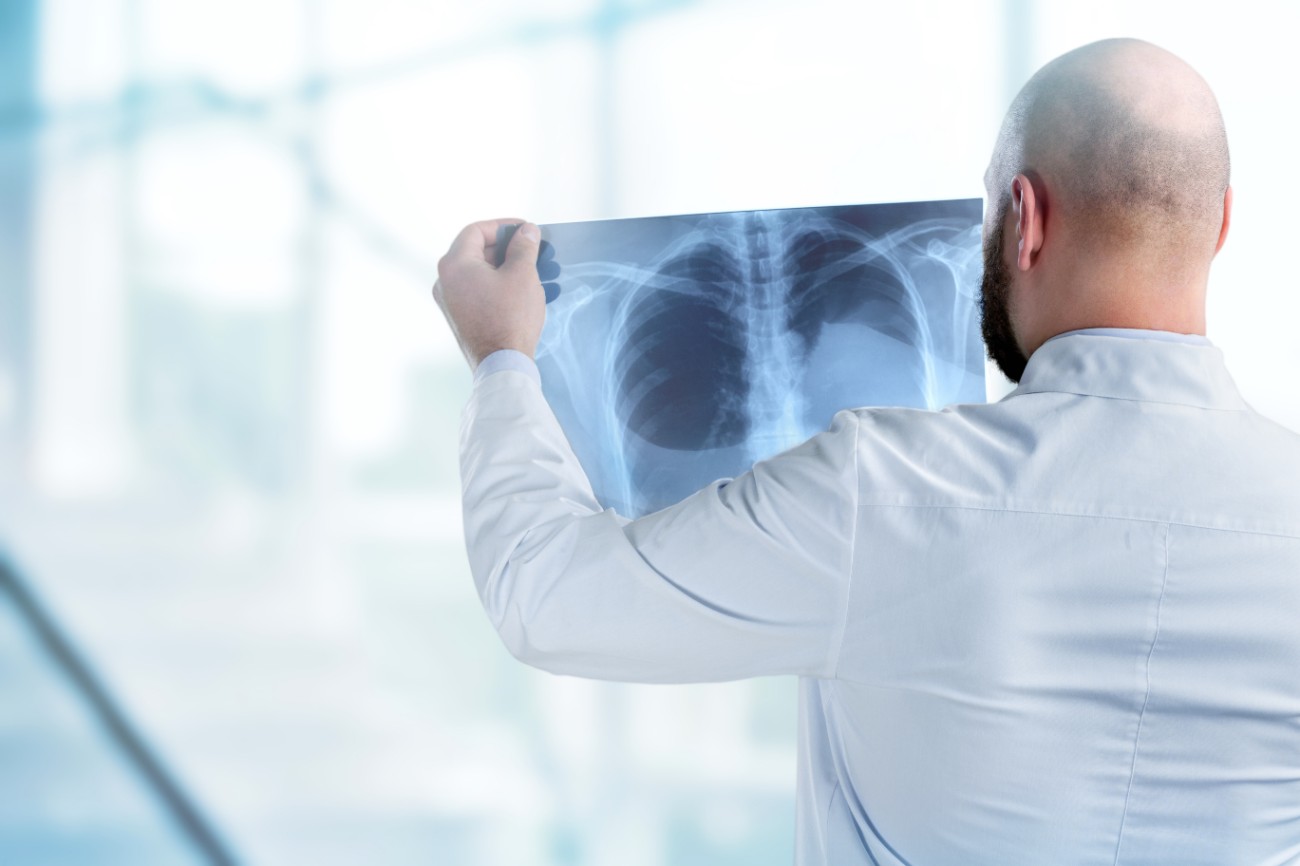You can’t prevent your child from developing spinal muscular atrophy (SMA). Fortunately, you can learn everything you need to know about spinal muscular atrophy with a search online right now, which could help you spot early symptoms.
What Is Spinal Muscular Atrophy?
SMA is a genetic disease that affects muscles throughout the body. It’s typically diagnosed early in a child’s life, and it can affect anyone regardless of sex or race. While it is rare, one in 10,000 kids are born with this incurable disease.
Causes
Essentially, SMA occurs when nerve cells in the brainstem and spinal cord are destroyed. The loss of nerve cells impacts skeletal muscle activity. This makes talking, walking, breathing, and swallowing difficult to do. Movement of the arms, legs, chest, and face is heavily impacted when nerve cells aren’t there to stimulate the muscles.
It takes two hereditary SMN1 genes to cause spinal muscular atrophy, which can be passed on through a child’s parents. When each parent carries a mutated survival motor neuron gene 1 (SMN1), there’s a significant chance their baby will be diagnosed with SMA. Parents could have the gene without even realizing it since symptoms don’t show with only one gene present in the body.
While the physical functions of the body are heavily impacted by this disease, those who grow up with this condition can still socialize like anyone else would. But that’s only for a less severe diagnosis. Different levels of this condition can make it life-threatening.
What Are the Symptoms of Spinal Muscular Atrophy?
Certain red flags in your child’s abilities might indicate they have SMA. If they are missing certain developmental milestones like holding their head up and rolling over, that’s one sign. Another symptom is if they are having trouble sitting or standing on their own. More severely, the child could also have trouble breathing.
There are four different categories of SMA, and each comes with its own symptoms. A doctor’s diagnosis will ultimately depend on the severity of one’s condition.
Type 1
As the most severe version of SMA, children cannot support their heads or sit without assistance. Floppy legs and arms are another factor. Unfortunately, most babies with Type 1 don’t live past the age of two because the muscles controlling their breathing are severely weakened.
Type 2
Also known as chronic infantile SMA, this category affects babies between the ages of six and 18 months old. While they might be able to sit or walk without help, weakness in the legs is common.
Type 3
This type of SMA tends to be a mild form of the condition, and kids begin to show symptoms once they’re older. It’s also called Kugelberg-Welander disease and impacts one’s ability to run, climb or stand up. Kids anywhere between the ages of two and 17 years old can be diagnosed. They may end up needing a wheelchair as they grow older.
Type 4
This is the only form of SMA that starts as an adult. Symptoms tend to exist throughout their life but can be helped with the work of a physical therapist depending on the condition. Muscle weakness, twitching, and breathing problems typically occur with this form of SMA.
Each person with SMA goes through a different experience, which is why it’s best to talk with a doctor about any suspicions you have regarding your child’s health.
What Is the Treatment for Spinal Muscular Atrophy?
After a series of tests—nerve exam, CT scans, MRI, muscle tissue biopsy—a doctor can determine your child’s diagnosis. There isn’t a cure for SMA, so treatment options consist of managing the condition and making life more comfortable for the patient.
Depending on the type of SMA, medication may be a treatment option. Spinraza and Zolgensma are two FDA-approved medications that can be used to treat SMA. These gene therapies work to help the body control muscle movement in the body. There are other treatment strategies too like working with a physical and occupational therapist, using a walking aid, and others. Researching your options and consulting your doctor can help determine the best treatment approach for your child.
Learn More About SMA Today
SMA is a disease that’s scary and unpredictable. That’s why it’s important to learn everything you can about the disease. Fortunately, you can learn more about SMA today with a search online. Additionally, You and your partner should consider getting tested to learn if you have the SMN1 gene. That way, you’ll know what the chances are of your child developing spinal muscular atrophy.
